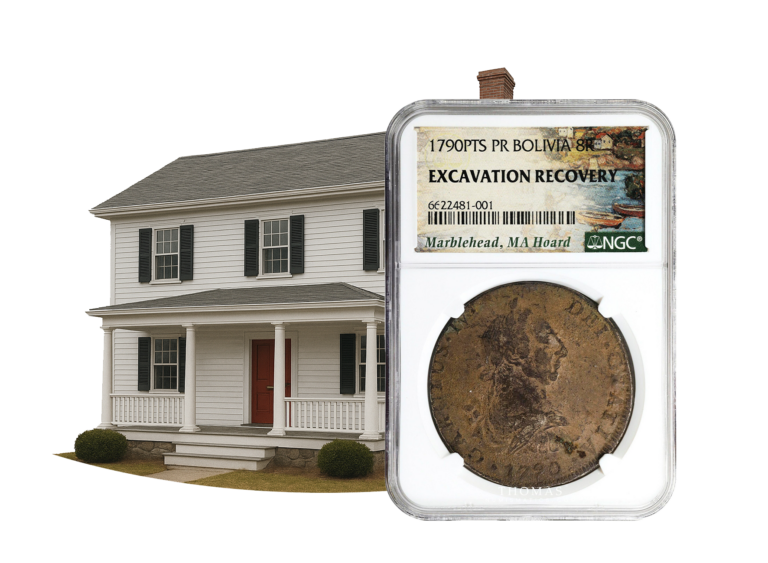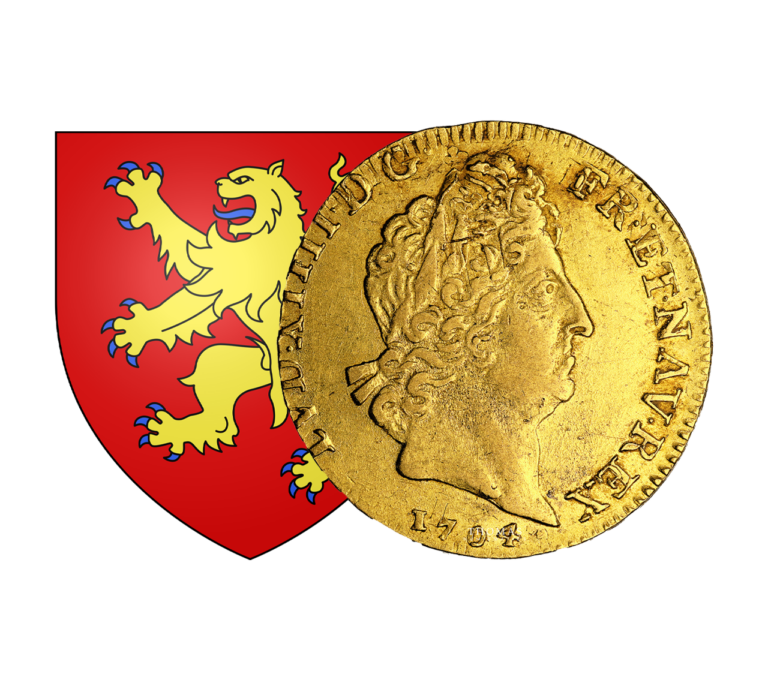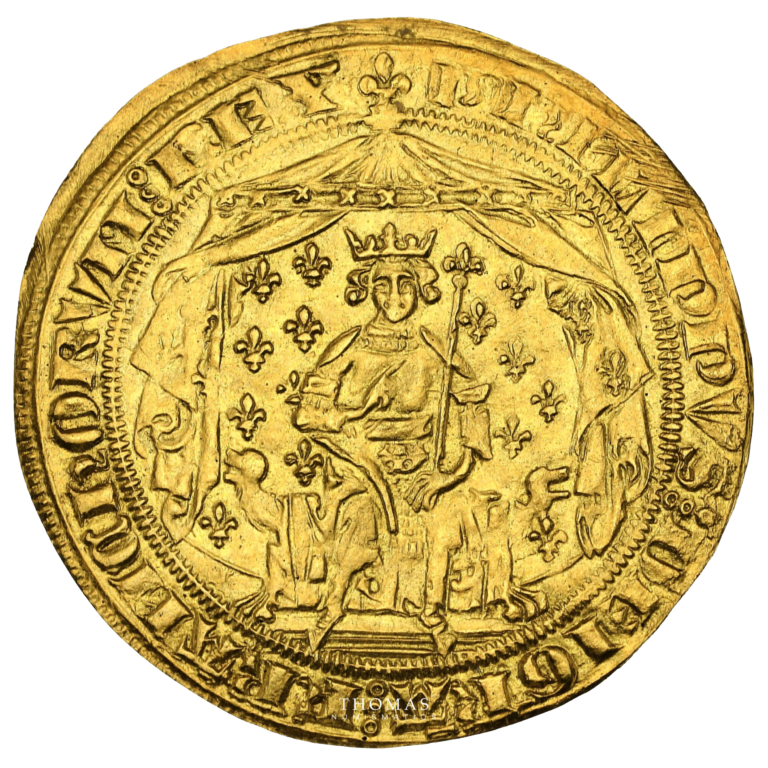
Discover all the news and articles from TNUMIS Magazine exclusively
The Constitutional Gold and Silver Coins of Louis XVI
The constitutional period of Louis XVI, which spanned from 1791 to 1792, constitutes a crucial phase in French monetary history. Marked by the transition between the Ancien Régime and the French Revolution, this era saw the issuance of unique and emblematic coins, today highly prized by numismatic collectors. This article offers a dive into the world of coins from this period, their historical context, their characteristics, and their value on the numismatic market.
Historical Context of Constitutional Currencies
After the convening of the Estates General in 1789 and the storming of the Bastille, the absolute monarchy faltered. In 1791, France adopted a constitutional monarchy, limiting the powers of King Louis XVI. It was in this context that constitutional currencies were born, symbols of this new political era.
The coins minted during this period still bear the effigy of Louis XVI, but they are marked by new legends highlighting “Liberty” and “Law”, testifying to the change of regime.
The Different Coins of Louis XVI under the Constitution
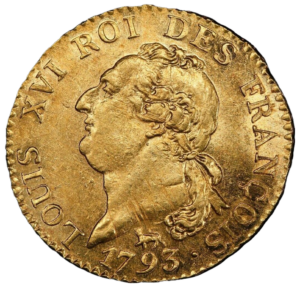
1. The Louis d’or Constitutionnel
Although less common, the Louis d’or constitutionnel was minted in 1792 and 1793. This gold coin, of significant value, is identifiable by:
• The effigy of Louis XVI
• The legend: “Louis XVI Roi des François” (instead of “Roi de France et de Navarre”).
• The reverse: the Gallic rooster or
a lictor’s fasces topped with a Phrygian cap,
revolutionary symbols.
• 7.648 g, 917‰ gold. 23 mm
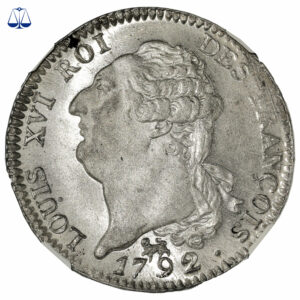
2. The Constitutional Shield (6-pound shield)
The 6-pound ecus, minted mainly between 1791 and 1793, are sought-after coins from this period. Characteristics:
• Portrait of Louis XVI, caption: “Louis XVI Roi des François”.
• Reverse: Gallic rooster, lictor’s fasces and Phrygian cap, with the words “Regne de la loi”.
• 29.48 g, 917‰ silver. 39mm
Collector’s tip: the state of preservation and rarity of the mints strongly influence the value of these coins.

3. Half-ecu of 3 pounds
To facilitate current exchanges, half-ecus were also issued:
• Same iconography as the large shields.
• Small in size, but highly prized for their aesthetics and their connection to this historical period.
• 14.74 g, 917‰ silver • 33 mm
Revolutionary Symbols on Coins
Constitutional currencies were the first to incorporate revolutionary symbols:
• Lictor’s fasces: unity and authority of the law.
• Phrygian cap: emblem of liberty and the Revolution.
• Scales of Justice, present for example for the 50 sols assignats of 1792.
These elements contrast with previous currencies, reinforcing the desire to break with the Ancien Régime.
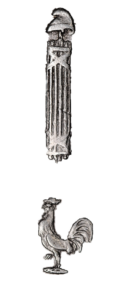
Value and Rating of Constitutional Currencies
The value of the constitutional coins of Louis XVI depends on several criteria:
•Rarity: certain years or workshops are rarer.
• State of conservation: a SUP (Superb) or FDC (Fleur de Coin) ecu can reach several tens of thousands of euros.
• Market demand: coins with well-marked symbols and legible legends are in high demand.
• Variety: certain characteristics such as a burnished flan or a marked patina add a high rating.
Why Collect Louis XVI Constitutional Coins?
1. Witnesses of a pivotal era, they embody the shift from the monarchy to the Revolution.
2. Artistic and symbolic richness, careful engravings, emerging republican symbols.
3. Investment of value, their rarity makes them coveted objects, with an increasing heritage value.
Coins from the constitutional period of Louis XVI are much more than just monetary objects: they reflect a France in the midst of change. Whether you are a passionate collector, investor, or history buff, these coins constitute a precious heritage, combining history, art, and economic value.
